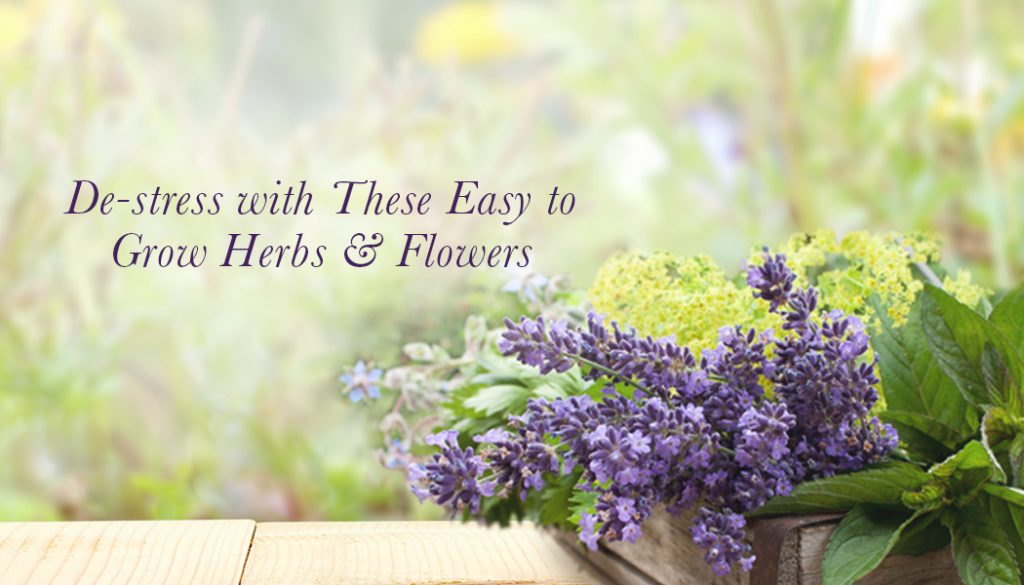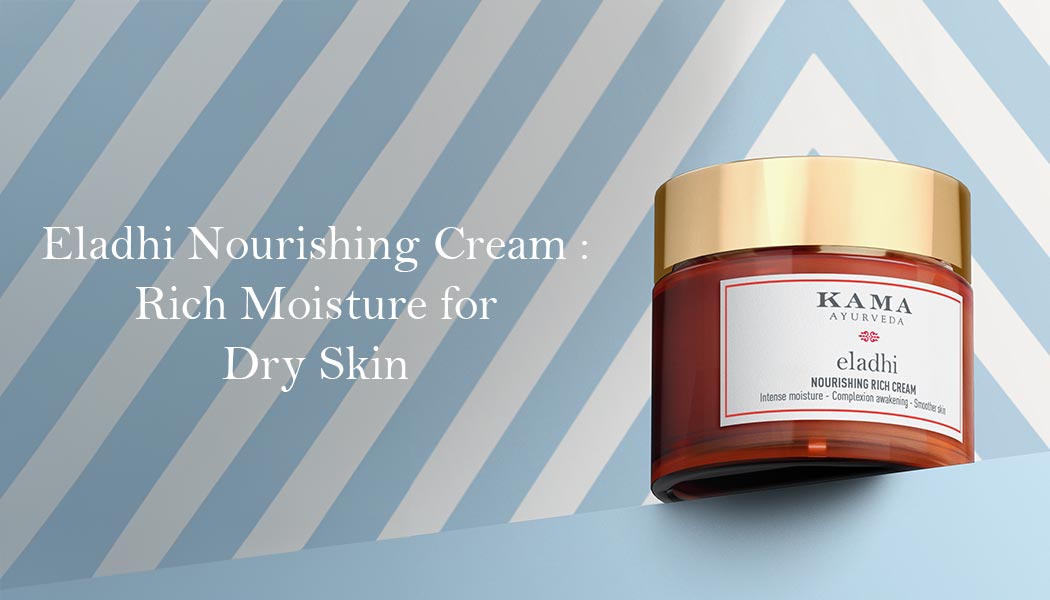- 15 December 2017
- 5 mins read
The aesthetic impact of your personal and professional environment, has an important psychological role to play; in terms of how you assess your innate sense of balance, concentration and contentment. Keeping this in mind, there are some easy to procure, easy to grow, and accommodating botanicals worth including in the green spaces of your homes and offices, however expansive, or restricted these spaces may be. This list is by no means exhaustive, but includes a few that might literally be within arm’s reach in some homes.
POT MARIGOLD (Calendula officinalis)
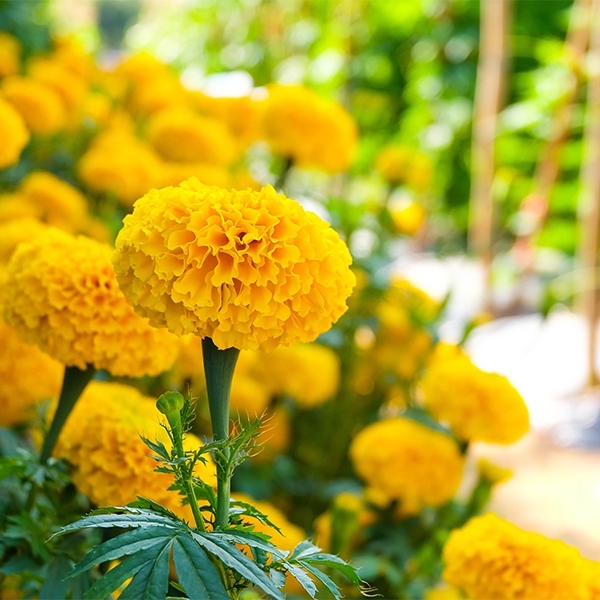
This member of the daisy family was being used in India for therapeutic reasons, long, long before it was replaced in layman memory by the Marigold (Tagetes) ; after the latter’s arrival from America in the 1400’s. The bright orange marigold, which is a quintessential Indian favourite, makes an effective bug repellant, and a pretty option for companion gardening; wherein it can be used to create an eye-catching border around a vegetable patch that needs protection from insects and bugs.
Ayurveda suggests the edible Calendula officinalis, in tinctures, teas, and ointments, to treat cuts and scrapes, bruises, eye inflammations, gastric ulcers and acid reflexes, dry skin and eczema, chapped lips, baby rash, and sunburn. Though considered medically safe, those who are pregnant/breastfeeding, or sensitive to flowers in the daisy family, should take medical advice, before ingesting or applying calendula on their own.
HIBISCUS:
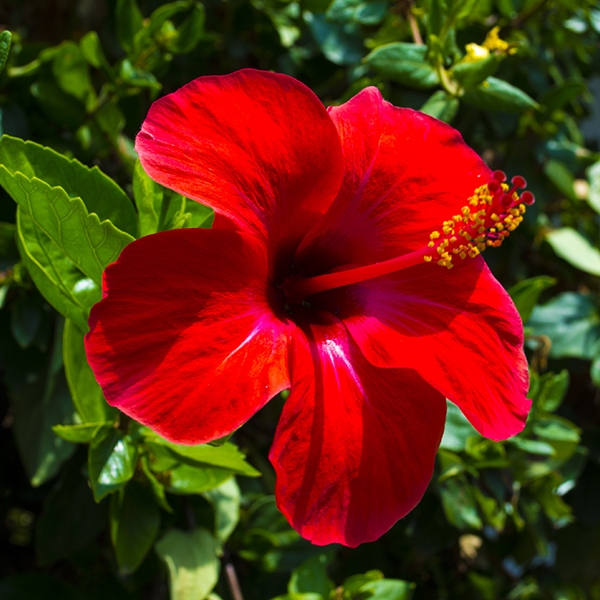
Referred to as Japa Pushpa in Ayurveda, the natural mucilage in the leaves and flowers of this bright, attractive flower has earned it the moniker, ‘Nature’s botox’. Hibiscus is one of Nature’s anti-ageing secrets hiding in plain sight, and facial treatments like creams and lotions containing hibiscus are known for re-hydrating the skin, making it radiant, plump, and less prone to fine lines and crow’s feet. Macerated hibiscus flowers and leaves, when mixed with warm coconut oil, make an excellent treatment for prematurely greying, thinning, flat, and limp hair. Hibiscus has a way of adding a natural ‘spring’ in each strand, making your hair light and bouncy, but glossy and strong at the same time. Tea made with the vitamin-C rich hibiscus is a great Ayurvedic remedy for strengthening immunity. Hibiscus tea is also good for lowering blood pressure, cholesterol, and weight, and for recalibrating metabolism. It should be consumed with caution by women who are attempting to conceive. There aren’t always reliable means of confirming if commercially prepared hibiscus teas contain parts of the shrub other than the flower; and some extracts of this shrub can interfere with female hormonal cycles.
Both, the calendula and the hibiscus are cheery flowers to look at. From a colour psychology perspective, to be surrounded with such vibrant shades of yellow/orange and/or red, induces renewed feelings of self-confidence, happiness, and ambition.
ALOE VERA:
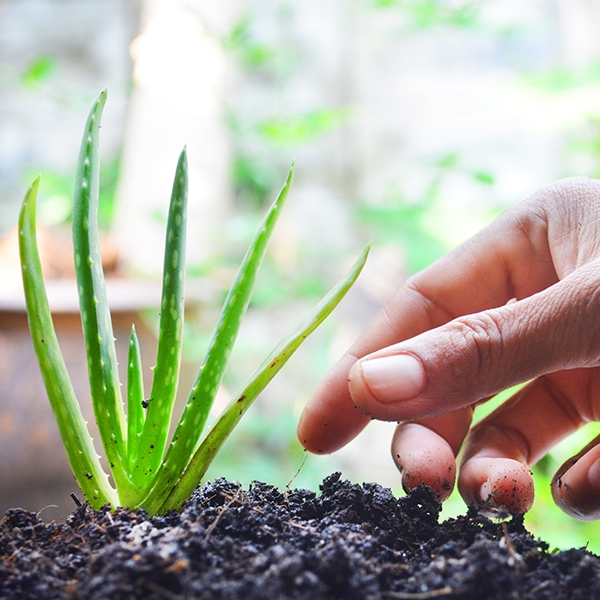
MORINGA :
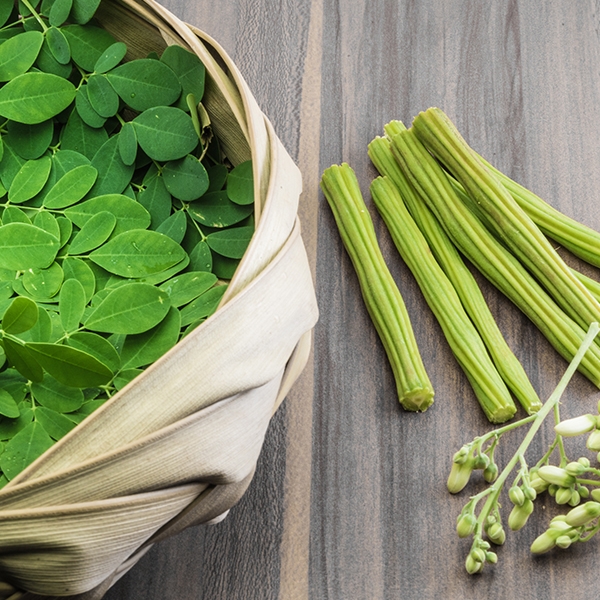
Legend has it, that the only time Alexander the Great was defeated in battle, was in India in 326 BC; when he had to face Maurya warriors who had been feeding on moringa leaves.
Some Indian households might have the moringa tree in their backyard today. Only, they know it by it’s more common name, drumstick. Native to India, moringa has been used as a medicinal herb since ancient times, and it eventually spread to the ancient Greek, Roman, and Egyptian civilisations. Ayurveda states that there are around 300 diseases that can be cured by moringa. Rich in vitamins A, B-complex, C, D, E, and K, this miraculous ‘tree of life’ has been re-discovered and exalted as a super food for its tissue conditioning and cellular regenerative properties. It is also used in the treatment of wrinkles, cramps, poor dental health, ear and headaches, anaemia, chest congestions, blood purification and blood pressure fluctuations, joint pains, and glandular inflammations.
GOTU KOLA (Centella asiatica, but also Bacopa monnieri)

When growing in the wild, gotu kola prefers wet, marshy soil. In order to grow it healthily at home, make sure you plant the seeds in a pot with well-watered soil, and a hole for drainage at the bottom. A member of the parsley family, it takes less time to grow out from the cutting of a gotu kola runner, than from a seed. The new sprouts will also spread out like runners, so your chosen pot should be wide in its dimensions to prevent stifled growth. Gotu kola is venerated as a longevity herb in Ayurvedic and Chinese medicine, for its ability to propagate healthy neural activity and strong synaptic interconnectivity in the brain. It also helps with memory loss problems, and is known to induce great mental clarity in meditation. Gotu kola is a great option for home gardens, as its detoxifying aura helps guard the human body against environmental pollution.
BRYOPHYLLUM (Bryophyllum pinnatum)
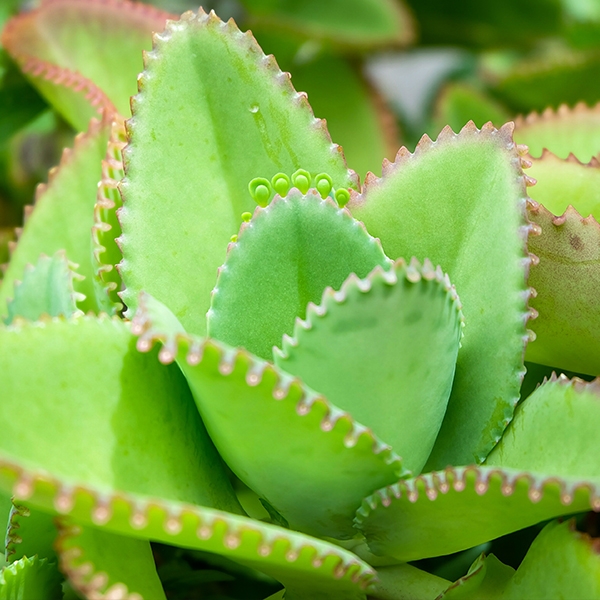
This a perennial succulent shrub that would grow well in domestic gardens that can replicate/imitate tropical temperatures. It’s a popular ornamental plant that grows 60-120 centimetres in height. It is easily recognised because of the characteristic mini plantlets that grow on the edge of the thick leaves, the erect purplish stems, and the drooping bell-shaped green-yellow or pinkish-red flowers growing in branched clusters. Ayurveda prescribes bryophyllum juice for treating stomach aches and constipation, blood diarrhoea, dysentery, urinary problems, kidney stones, piles, ear aches, skin boils, and when taken with sugar candy, coughs and colds.
Remember that Ayurveda stems from, and is steeped in Nature. In a subtle manner, it reminds us that Nature is where we all come from, and it’s where we go back to. The more harmonious our interactions are with Nature, the healthier, and more resilient, is our physical and mental responsiveness to the ever-changing quality of natural phenomena; even in the most urban of jungles.

